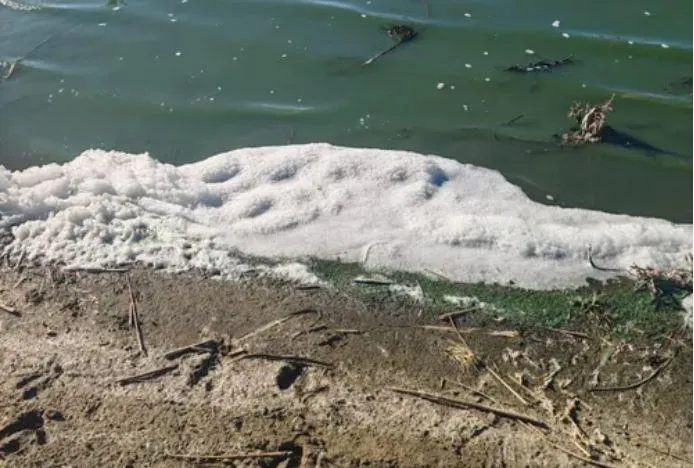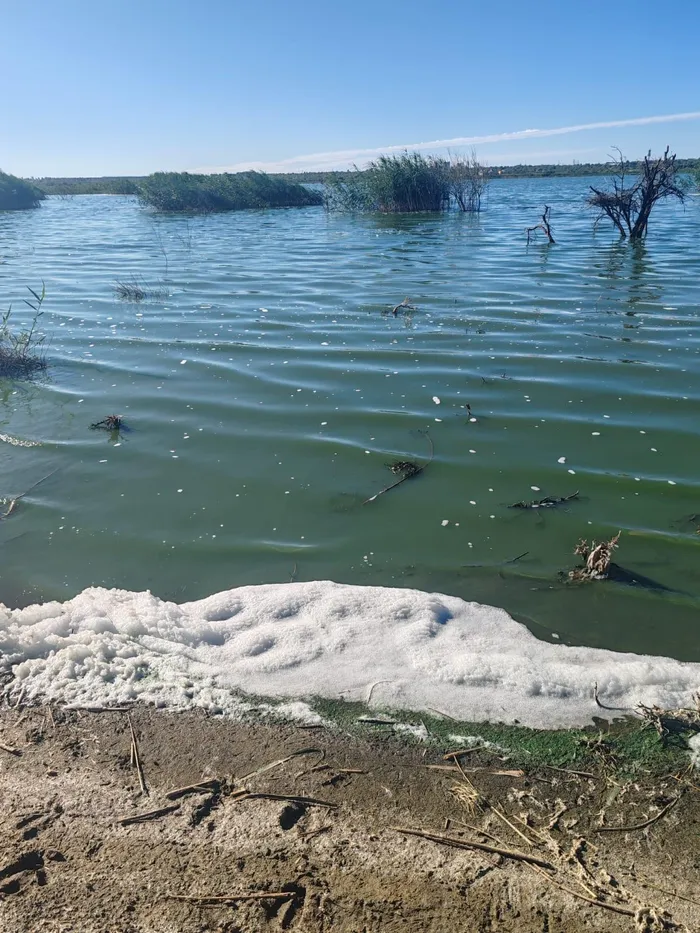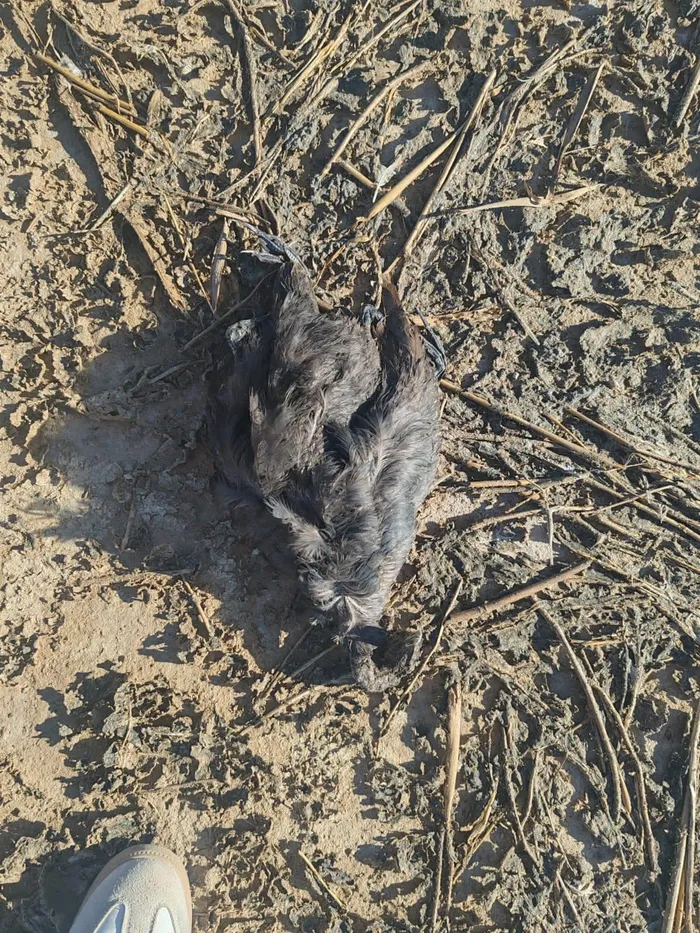Judge hands Sol Plaatje ultimatum to fix Homevale Wastewater Treatment Plant

High levels of E coli in the water at Kamfers Dam is believed to have destroyed farm land as well as the flamingo wetland.
Image: Supplied
SOL PLAATJE Municipality has been instructed to submit a progress report by May 30 outlining steps taken to ensure that the Homevale Wastewater Treatment Plant (HWWTP) is fully functional and that unacceptably high sewage spillages around Kamfers Dam are reduced.
Landowner Brenda Booth of Northern Cape Ranchers CC has lodged a claim against Sol Plaatje Municipality for past damages amounting to R625,000 due to flooding of her land since 2020.
She also filed for future penalties of R125,000 per annum until the disaster is adequately addressed, in compliance with a March 2024 court order.
Booth suffered extensive losses after 700 hectares of her land were destroyed by overflowing sewage, rendering it unusable for conservation and commercial farming.
Her application for monetary damages was dismissed by the Northern Cape High Court on March 24.
More than 150 bird carcasses were collected along the Kamfers Dam pan in December 2024, with botulism believed to be the cause of death. The flamingo wetland sanctuary has been destroyed as a result of water pollution.
It was highlighted that contaminated water is threatening to submerge two Transnet railway lines along the N12.
Northern Cape Ranchers CC maintained that “nothing had changed” since the March 2024 order was issued to take remedial steps.
The organisation noted that while clear-vu fencing had been installed around the HWWTP, there was no mention of measures to prevent further acts of vandalism.
Northern Cape High Court Judge Almé Stanton Stanton found it “absolutely astounding” that the municipality claimed that it needed R106 million to repair a 33-megalitre module at the HWWTP, since a submission was made for funding from the Department of Water and Sanitation in June 2024.

High levels of E coli in the water at Kamfers Dam is believed to have destroyed farm land as well as the flamingo wetland.
Image: Supplied
“It is also common cause that the department had availed R492 million for the 2024/25 financial year, along with R574 million for the 2025/26 financial year, to the municipality for water infrastructure refurbishment,” she pointed out.
Stanton highlighted the municipality’s “cavalier approach” to the serious calamity, saying it “left much to be desired”.
“Even though they conceded that the application is of a serious nature, one would expect the participating respondents to have a robust approach to resolve the disaster.
“Despite my finding that the municipality was not wilful or acting in bad faith, they have shown a careless and negligent disregard for the importance of the matter - not only to the applicant but also to the city of Kimberley and members of the community.”
She was not convinced that the municipality was in contempt of the March 2024 court order.
However, she instructed Sol Plaatje Municipality to submit a progress report, accompanied by a specified budget, indicating the amount allocated to each action and the date on which the funds were made available, to ensure compliance with the March 2024 order.
The municipality will be required to file reports every four months thereafter, until the court is satisfied that the problem has been resolved.
Stanton stated that no untreated sewage with an E coli content exceeding the legally prescribed limit of 1,000 CFU/100 millilitres should be discharged into any portion of Kamfers Dam or any part of the farm.
She indicated that the amount of treated sewage or wastewater discharged be limited to 30 megalitres per day on the farm.
“Alternatively, the water levels at Kamfers Dam must be reduced to the 2015 levels. The sewerage and/or reticulation systems and infrastructure in and around the area of the HWWTP must be repaired to full operational capacity to ensure that no spillage, irregular discharge, or overflow of sewage and effluent water occurs on the land in the area surrounding the water resource,” she stated.
Stanton added that the municipality must ensure the HWWTP is properly secured and that CCTV cameras are installed to prevent theft and vandalism.
She advised that expert water analyses should be submitted regularly, reporting on sewage discharge rates and water quality.
Stanton noted that the municipality had acknowledged that the HWWTP was dysfunctional and that unacceptably high quantities of sewage were being deposited onto the farm.
She instructed the municipality to install the additional three-kilometre pipeline, as a matter of urgency, to reduce water levels to the required limit.
According to a May 2023 report, the water level at Kamfers Dam should be between 1,156.0 and 1,156.3 metres above sea level, while the actual level in the pan was recorded as “significantly above the desired limit” at 1,161 metres.
The municipality had undertaken to refurbish the 33Ml/day plant at HWWTP, which was out of operation due to aged infrastructure, vandalism, and theft.
It stated that it was also repairing malfunctioning electrical and mechanical components, including the chlorine room, to improve the quality of effluent discharged into the natural water sources.
The municipality indicated that Transnet would assist with the replacement of a three-kilometre rising main pipe to pump water from Kamfers Dam to the Vaal River, which would take approximately 12 months to install.
The pipes would have been delivered in February.
The municipality denied that the water pumped onto the farm was “fully raw sewage” and claimed that the E coli levels at Kamfers Dam were within acceptable limits.

High E coli levels at Kamfers Dam has proved fatal for over 150 bird species.
Image: Supplied